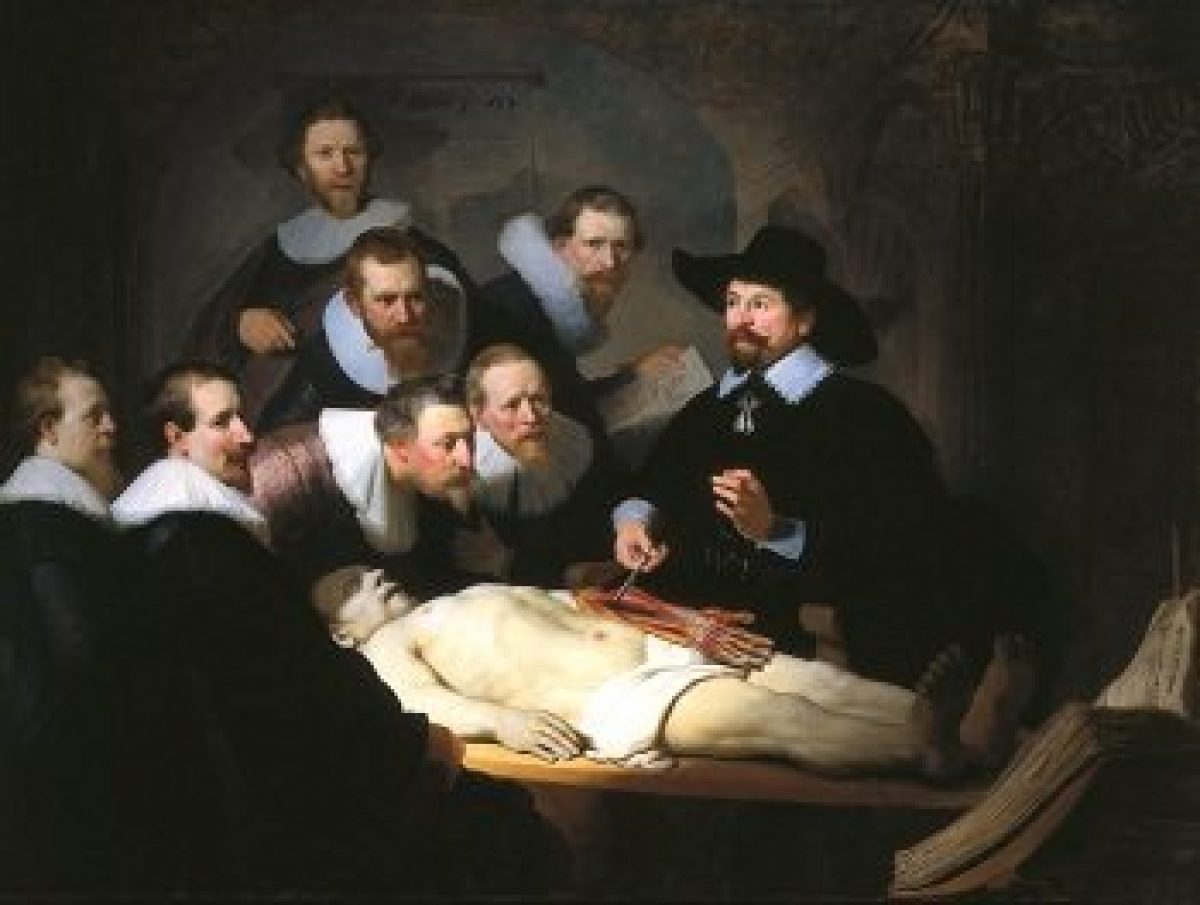
1. Introduction Of Rembrandt’s Famous Paintings
2. The Life and Art of Rembrandt
- Early Years and Influences
- Rise to Fame
3. The Night Watch: A Masterpiece Unveiled
- Background and Inspiration
- Composition and Techniques
4. The Anatomy Lesson of Dr. Nicolaes Tulp: Unraveling the Mystery
- Historical Context
- Symbolism and Interpretations
5. Self-Portraits: A Window into Rembrandt’s Soul
- Evolution of Style and Emotions
- Psychological Insights
6. The Jewish Bride: Love and Tenderness on Canvas
- Context and Iconography
- Emotional Impact
7. The Return of the Prodigal Son: A Tale of Forgiveness
- Biblical Narrative
- Fatherly Love and Compassion
8. Landscape Paintings: Capturing Nature’s Beauty
- Influences on Rembrandt’s Landscapes
- Mood and Atmosphere
9. The Syndics of the Drapers’ Guild: A Group Portrait with a Twist
- Social and Economic Context
- Individuality in Group Portraits
10. Legacy and Influence: Rembrandt’s Impact on Art
- Artistic Legacy
- Modern Influence and Popularity
11. Controversies and Forgeries: The Dark Side of Rembrandt’s Fame
- Authentication Challenges
- Infamous Forgeries
12. Rediscovering Rembrandt: Restoration and Conservation Efforts
- Preserving Masterpieces
- Unveiling Lost Details
13. Appreciating Rembrandt: Visiting Art Museums and Galleries
- Top Museums Housing Rembrandt’s Art
- Art Viewing Tips
14. Rembrandt’s Enduring Charm: Why His Art Still Captivates Us
- Emotional Connection
- Timeless Themes
15. Conclusion
Introduction Of Rembrandt’s Famous Paintings:
Rembrandt’s Famous Paintings, Rembrandt van Rijn, the esteemed Dutch painter of the 17th century, left an indelible mark on the art world with his unique and expressive style. Throughout his illustrious career, he created an array of masterpieces that continue to captivate art enthusiasts and scholars to this day. In this article, we will explore some of Rembrandt’s most famous paintings, delving into the stories behind each brushstroke and the emotions they evoke.
The Life and Art of Rembrandt.
- Early Years and Influences:
Rembrandt was born in Leiden, Netherlands, in 1606. He showed a keen interest in art from an early age, and at 14, he began studying at the University of Leiden. Later, he moved to Amsterdam, where he trained under the renowned history painter Pieter Lastman. These formative years greatly influenced his artistic development.
- Rise to Fame:
As Rembrandt’s talent blossomed, he gained recognition and quickly climbed the ranks in the art world. His innovative use of light and shadow, known as chiaroscuro, set him apart from his contemporaries. His fame and success brought him a constant stream of commissions from wealthy patrons and earned him the title of the “Master of Light.”
The Night Watch: A Masterpiece Unveiled.
- Background and Inspiration:
In 1642, Rembrandt completed “The Night Watch,” arguably his most celebrated work. Commissioned by the civic militia of Amsterdam, the painting was intended to depict the group’s collective portrait. However, Rembrandt’s creative approach and dynamic composition made the painting unique.
- Composition and Techniques:
“The Night Watch” showcases Rembrandt’s exceptional use of light and movement. The vibrant colors, dramatic contrasts, and skillful play with shadows create a sense of action and drama, unlike traditional static group portraits. This innovative portrayal made “The Night Watch” a groundbreaking masterpiece.
The Anatomy Lesson of Dr. Nicolaes Tulp: Unraveling the Mystery.
- Historical Context:
Painted in 1632, “The Anatomy Lesson of Dr. Nicolaes Tulp” captures a public dissection performed by Dr. Tulp, a prominent Amsterdam physician. The painting was not only a group portrait of medical professionals but also a reflection of the advancements in science during the Golden Age.
- Symbolism and Interpretations:
“The Anatomy Lesson” goes beyond a mere depiction of a medical procedure. It symbolizes the quest for knowledge and the fleeting nature of life. The anatomical lesson serves as a metaphor for the deeper understanding of humanity and mortality, making the painting a philosophical masterpiece.
Self-Portraits: A Window into Rembrandt’s Soul.
- Evolution of Style and Emotions:
Rembrandt’s self-portraits provide a fascinating glimpse into the artist’s life and psyche(Read more). Over the years, he painted himself in various roles and emotions, ranging from exuberance to contemplation. These self-expressions reveal the artist’s introspective nature and his evolving perception of self.
- Psychological Insights:
The remarkable psychological depth in Rembrandt’s self-portraits allows viewers to empathize with his joys and struggles. Each brushstroke seems to convey the artist’s emotional state, making these self-portraits a timeless exploration of human emotions.
Conclusion:
Rembrandt’s famous paintings continue to be revered and cherished across the globe for their emotional depth, technical brilliance, and timeless themes. The artist’s ability to capture the essence of humanity, evoking powerful emotions through paint and canvas, remains unparalleled. As we marvel at Rembrandt’s masterpieces, we are reminded of the enduring power of art to transcend time and connect us to the past.
FAQs:
1. What is Rembrandt’s most famous painting? “The Night Watch” is widely considered Rembrandt’s most famous painting, renowned for its innovative composition and use of light.
2. How many self-portraits did Rembrandt paint? Rembrandt painted approximately 80 self-portraits throughout his lifetime, showcasing his introspective nature.
3. Are there any controversies surrounding Rembrandt’s art? Yes, there have been controversies surrounding the authenticity of some paintings attributed to Rembrandt, leading to debates among art experts.
4. Where can I see Rembrandt’s paintings today? Many of Rembrandt’s works are displayed in prominent museums and galleries worldwide, including the Rijksmuseum in Amsterdam and the Louvre in Paris.
5. How did Rembrandt influence future generations of artists? Rembrandt’s innovative techniques and emotional storytelling deeply impacted subsequent generations of artists, leaving a lasting legacy in the art world.
